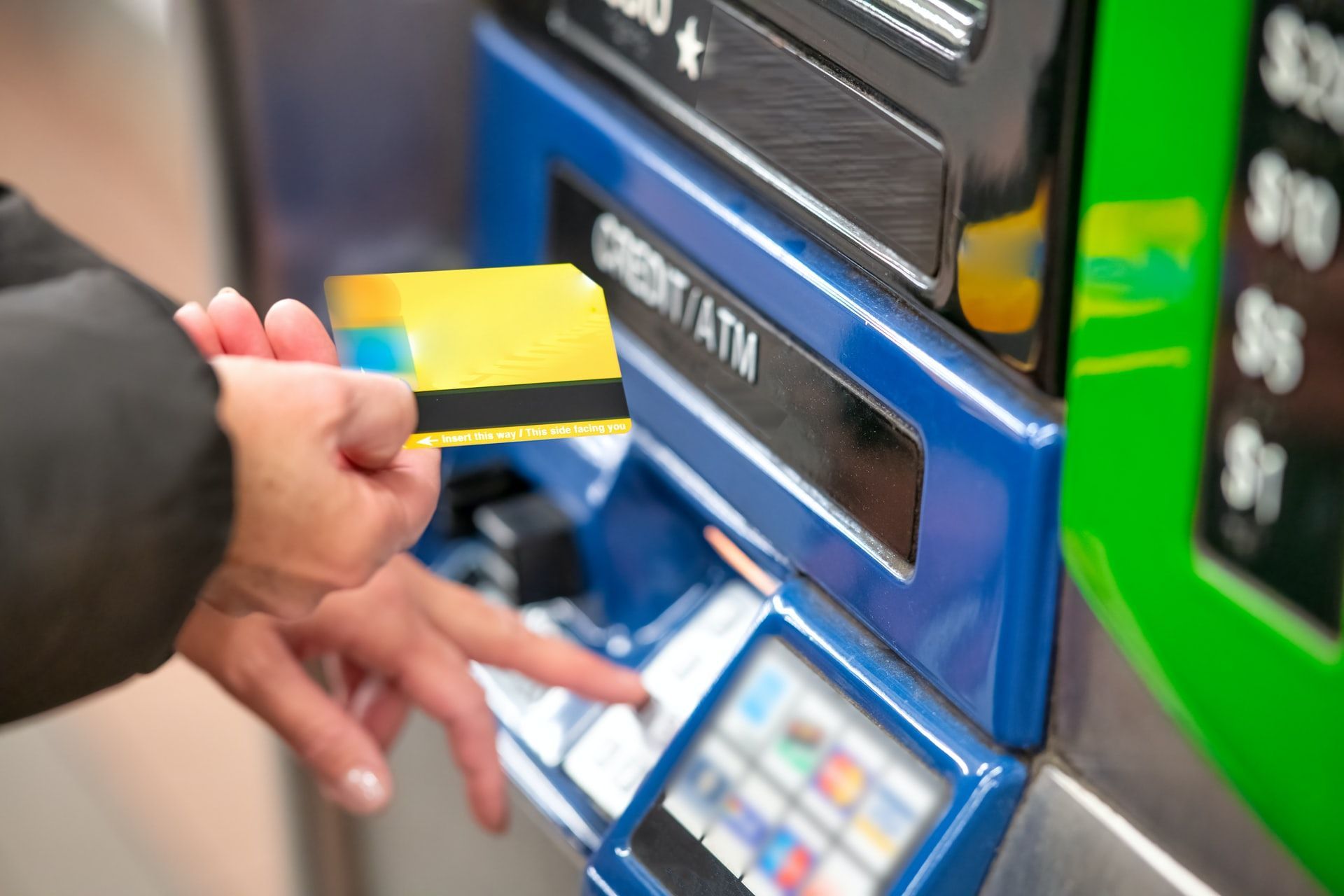How to Meet the Needs of One Demographic Without Abandoning Another


Get the best, coolest, and latest posts delivered to your inbox.
The world of self-service has truly exploded over the past decade, but I would argue that to date, there has not been a customer experience that demonstrates the value of automation more clearly and universally than the one we have at the ATM.
It might sound pedestrian, with promises of checkout-free grocery stores and fleets of self-driving vehicles on the horizon. But any organization that plans to make an investment in automation–which should be every organization–can learn a few important lessons from the ATM before they start.
The benefit of an ATM is painfully clear. Would you rather walk into a bank, wait in line and speak to a teller, or simply walk up to a machine? In this case, the human element is not additive, it’s a roadblock.
Every automation experience we at Ushur want to enable should be like walking up to an ATM, done on the customer’s time, at their pace, at their convenience. But a vast majority of financial services companies, insurance companies, and healthcare companies still make their customers come inside the bank.
But customer experience automation is all about meeting the customer where they live, and that’s where we can learn our second important lesson from the ATM. Some people still like to go inside the bank. Maybe it makes them feel more secure. Maybe they’re friendly with a specific teller and want to say "hi". Maybe they just miss the way things used to be done. Automation has to be connected and implemented in a way that works for those people, too. Each demographic has a slightly different preference in terms of how they conduct business, how they build relationships, and what they expect from a customer service experience.
It’s essential to meet the needs of one customer without abandoning another. A 70-year-old customer may have bought insurance at their agent’s corner office for most of their life, while a 30-year-old customer never even knew that was an option. Asking the former to give up their personal interaction for an automated phone call is as jarring as it would be to ask the latter to make a trip to the offices.
There is an opportunity to bring in a new architecture, a purpose-built platform that can solve customer experience automation that can meet every demographic through any channel. While there are different channels of interaction based on demographic preferences, there are certain workflows that can be achieved across all channels. This dramatically improves the user journey, lowers the overall cost, and creates delightful experiences for customers.

Voice is an important, but ultimately limited, channel for automation. Today, simple asks and requests that should be fulfilled quickly are not, and that creates friction. The interpersonal elements of most customer engagements are far better replaced by an app-like experience.
Take, for example, a disability benefits company. Their customers may be new moms on maternity, more likely to interact via SMS. Or they may be someone in their 60s recovering from surgery, more likely to call in. Both probably have documentation that needs to be submitted, but neither is very likely to own a fax machine. So the challenge becomes, how do we start the customer experience in two different places–phone and text–and end in the same place with the ability to digitally submit documents?





We call our approach to this an “invisible app”–an experience completely intuitive for anyone using it, all self-contained without the need to download anything. Those who call are tactfully transitioned to the Invisible App later in the engagement when it will be of value to them rather than an unfamiliar inconvenience.
Making new technology accessible to multiple demographics is perhaps the greatest and most fundamental challenge businesses face today. Modern customer interactions have to unfold in a way that meets customer expectations and engages them without friction. Unifying varied forms of contact and communication through a holistic approach to customer experience automation is a universal challenge. Our vision is to make the processes and interactions that drive customer engagement–like transferring funds, adding a beneficiary, or submitting a claim–as easy as a routine visit to your nearest ATM.